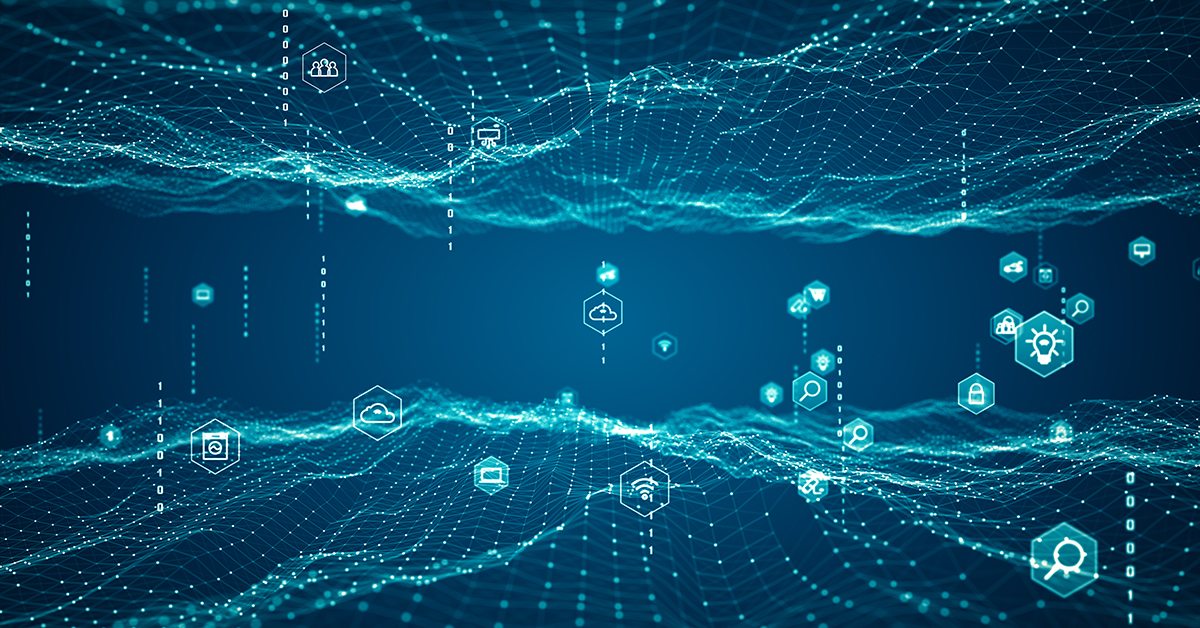Natural disasters and epidemics are the most dreaded phenomena that could ever occur on Earth.
The havoc takes away the lives of many victims and snatches the personals from the others. The after-effects of such calamities are more pronounced if the relief works are mismanaged.
Technology is born to aid mankind. The striking of a huge disaster is the situation when mankind needs to be aided the most.
Are the recent advancements in technology, helpful in relieving the worse situation?
Problems during the crisis
Faced by the rescue and relief team
- Even distribution of relief commodities such as food, water, and medicines to every victim.
- Obtaining exact locations of the trapped victims.
- Receiving data about the victims who did not get supplied with the necessary amenities.
Faced by disaster victims
- Finding the location of nearest relief shelters, food, and medicine dispersal points.
- Knowing the occupancy of relief shelters, and opening and location of the newer shelters.
- Communicating with the relief team.
Corruption and frauds are very prevalent during emergency crises.
Often, the middlemen are held responsible for tampering with the relief funds and other supplies, actually sanctioned by the government or the concerned organizations for the affected ones.
Reports are very common during the crisis period, that shoutouts about the relief amenities being sold at very high prices by the frauds, which were to be delivered free-of-cost.
Blockchain and IoT at work
Robust and un-invadable data security using Blockchain
The disaster situations create a lot of other mishaps such as an increase in the activity of opportunistic people, who try to wrongly benefit out the delicate situations.
The destruction and problems during these times are, thus, magnified by the frauds and corrupts. Manipulation of funds and transaction records are very common gimmicks included.
Blockchain is used to create a healthy environment, preventing important data from the shadows of unlawful acts.
Blockchain assists in keeping a track of all the transactions with the amenity and other emergency commodity suppliers, that cannot be modified, once a created entry or data is finalized. This reduces the post-emergency settlement chaos too.
Communication via IoT and mobile applications
If the mishap is predictable beforehand by the weather department or any other concerned departments, the mobile may act as a power-tool in warning the people about the havoc. It also can be used in migrating the residents who are most prone to the disaster.
Mobile can be used to register every resident/family who resides at the epicenter of the calamity. This ensures that none of the members is missed out on the shifting procedure, and also helps in the early fetching of the location and rescue of the missing ones.
The affected victims are provided with accurate weather data and other early predictions, and also the geo-fencings, that are helpful in successful plights to safer places, and also conveyed with the shortest and the best route to shelters and supply points, using these technologies.
The phones are also used in obtaining the number of total refugees in the relief camp and the data of shortage of food or medicines at a particular camp.
The technology is also used to monitor the clean, impartial and equal distribution of relief commodities to all the needy ones. Special tags, known as RFID tags, are used to monitor the transportation of commodities and also, supplier receipts.
This way, the action time of the relief team is enhanced, and also, the two-way communication between the residents of the affected area and the government or rescue team is maintained throughout the emergency period.

